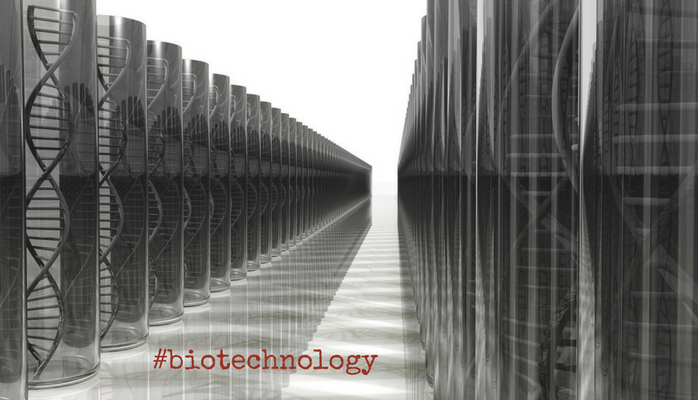The BOOMING U.S. Solar Market
The Solar Energy Industries Association (SEIA) and Wood Mackenzie have published their latest quarterly report that provides insights into major trends in the fast-growing U.S. solar industry. Here are some key factoids that caught our attention in reviewing the report.
- Solar accounted for 43% of all new electricity-generating capacity added in the U.S. in 2020.
- Solar capacity added in 2020 was more than 43% greater than the capacity added in 2019.
- The utility solar sector set the record for the most capacity installed in a single year in 2020.
- Over the next decade, an estimated cumulative 324 GWdc of solar capacity will be added which is more than three times greater than what has been installed through 2020.
- Solar capacity growth will be spread across all market segments as distributed solar customers, utilities, states and corporations push to decarbonize the grid.


